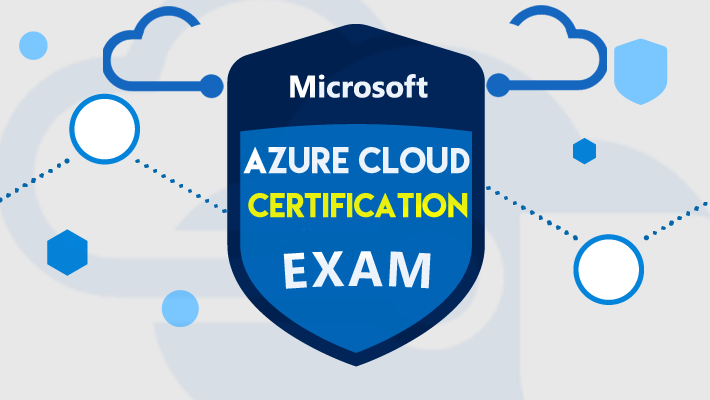Throughout recent years, the learning paradigm has experienced a dramatic change. Today’s style of teaching students is very distinct from the methods of teachings introduced many decades ago. The way education is being provided and obtained indicates that technology has created various changes.
We saw technology having a substantial effect on the learning methodology. Self-learning and flipped classroom methods are few examples.
Digital learning has become an integral part of the education framework with numerous advantages. Schools and universities are seeking to use the new education technology to improve the teaching and learning cycle. We are going to explain in detail about the top education technology trends which you may need to follow.
1. Personalized Learning
The methods and perspectives of learning should never be the same for all, but past education systems can never tailor customized learning, as there have been limits. Thanks to modern education technology, in our current educational system, we can fully build personalized teaching and learning methodologies and practice. Now one can start learning based on need, choice, and availability with modern devices and interfaces.
Instead of a whole classroom, the emergence of mobile apps for education has sparked a new way of learning based on needs. For example, doctors can seek help in emergencies from their seniors through mobile apps. English language learners can download learning applications on mobile or can check grammar online using grammar check tools themselves.
2. Cloud Computing
Cloud computing opened the door to high-tech education more than any other technology. The mobility of data stored in centralized cloud servers of the applications made it possible for the course and instructional services to be available from anywhere on any computer. You can prepare a test and communicate with other students and teachers about your assignments at the same time. In addition to easy access and coordination, cloud-based education systems addressed the data storage issue too.
3. Speech-To-Text Service
A growing number of devices and software networks also come with interactive support applications or virtual assistants such as Siri or Alexa. These services, respond to voice commands, make learning much easier and faster. In comparison, the speech-to-text function lets you record and compose more easily and quickly than manually.
4. Collaborative Learning
Technology has enabled everyone to be in touch anytime, anywhere. We can work together to communicate, analyze, and resolve situations. This joint approach has also become increasingly relevant in the learning process. Teachers promote teamwork by assigning group activities and projects in classrooms.
As students work together on a project or a problem, their combined abilities are strengthened. While eLearning is very popular, it includes interacting with the features to share and comment. An instructor reaches a school, talks for 40 minutes in a traditional fashion, and exits when the bell rings. Due to technology, the gap between teacher and student is reducing day by day.
Teachers and students are more often able to interact with each other. Teachers are now much more open and mentored to help students improve overall. This cooperative learning method helps students to collaborate and develop interpersonal skills.
5. VR and AR
Digital learning is greatly enhanced by virtual reality and augmented reality. VR and AR encourage students to learn interactive lessons without going anywhere. You can swim in a pool or lake with a background noise of the water in-depth, if you want to experience swimming, by playing a 3D video on the VR headgear. Even in real-time, vital procedures can be conveyed in a more immersive way that helps medical students to improve their skills.
Although augmented reality provides an improved perception of a real image, virtual reality gives a false sense of reality. Both these technologies have led the education sector to a completely new level. Augmented and virtual reality are mostly used to teach students the most complex structures like molecules etc.
6. 3D Printing
3D printing enables students to learn practically and interactively. It is also known as prototyping. Thanks to 3D printers, a student can make any object he can think of. Students may shape their creativity with 3D printing. 3D printers in any institute assist students in modeling their ideas and experiences.
3D printing at every school level, from primary to secondary, can be implemented for educators and learners. 3D printing techniques enable educators to provide realistic functional samples for students to provide tangible and empirical knowledge to help them understand scientific concepts.
7. Cybersecurity
Although cloud storage is now the standard, it can sometimes prove catastrophic. People and institutions like cloud storage because it is a popular platform that makes it easy for everyone to access data. That said, other incidents have occurred in the past where online data is compromised for ransom.
For many organizations, including education and others, cyber threats were a cause of concern. Student records, such as gender, e-mail address, date of birth, and telephone numbers, can be accessed. Many teachers store test results and projects on cloud storage. Education institutes are taking the best data security measures to guard their data. Nowadays, cybersecurity has a lot of importance in this context.
8. Learning Analytics
With the rising rate of implementation of high-tech in the education system, learning data is becoming increasingly important for decision-making processes. The immense volume of data and information in education gives rise to studying analytics. It is more necessary to assess the involvement of students, their momentum, and their results.
We will see soon; the analytics software will send alerts about certain problems in learning, informing students about deadlines, etc. Learning systems will control how instructors and learners provide and receive teachings. More than anything else, learning analytics will improve the dedication of learners to education.
Final Words
These education technology trends have changed the conventional approach to education. Simply put, technology has offered teachers and students new and improved interactive experience during the learning process. Technology has a deep impact on young people today.
Technology is now dominating conventional education techniques. The acceptance rate was initially low, but it gained momentum slowly. Education processes and approaches have experienced a major change because of all developments in education technology






